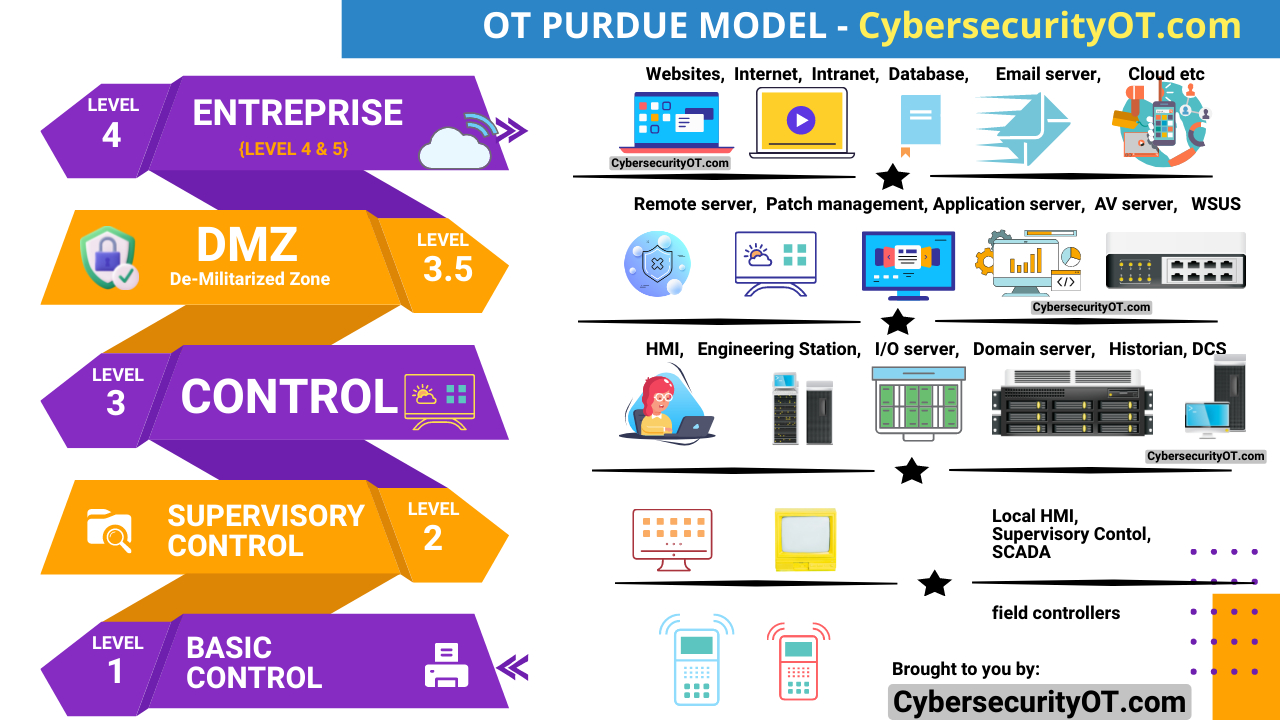Threats in the industry are rising daily and those in industrial cybersecurity are at an unprecedented pace. Organizations need to be aware of these threats and take steps to protect themselves.
Below are some of the biggest threats in Industrial cybersecurity:
Ransomware:
Ransomware is a type of malware that encrypts a victim’s data and demands a ransom payment in order to decrypt it. Ransomware attacks are becoming increasingly sophisticated, and they can have a devastating impact on businesses and organizations. In 2021, the average cost of a ransomware attack was $17.8 million.
Supply Chain Attacks
Supply Chain Attacks are attacks that target the suppliers of critical infrastructure organizations. These attacks can be used to gain access to sensitive information or to disrupt the supply chain, which can have a major impact on the organization’s operations.
For example, in 2020, SolarWinds, a software company that provides IT management software to a wide range of customers, was hacked by the Russian government. The hackers were able to insert malicious code into SolarWinds’ Orion software, which was then distributed to SolarWinds’ customers. As a result, the hackers were able to gain access to the networks of a number of high-profile organizations, including the US Department of State, the Department of Homeland Security, and the National Security Agency.
Cyber espionage
Cyber espionage is the act of collecting sensitive information from a target organization without their knowledge or consent. Cyber espionage can be used to steal trade secrets, intellectual property, or other sensitive information. For example, in 2014, the Chinese government was accused of hacking into the computer systems of the US Department of Energy. The hackers were able to steal sensitive information about nuclear weapons research.
Physical Attacks
Physical Attacks are attacks that target the physical infrastructure of a critical infrastructure organization. These attacks can be used to disrupt or disable critical systems, which can have a major impact on the organization’s operations. For example, in 2015, a group of hackers attacked the Ukrainian power grid. The hackers were able to disable power to over 230,000 customers.
Insider threats
Insider threats are threats that come from within an organization. Insider threats can be malicious, such as an employee who steals data or sabotages systems. They can also be unintentional, such as an employee who clicks on a malicious link and exposes the organization to a malware attack. For example, in 2013, an employee of the US National Security Agency (NSA) was arrested for leaking classified information to WikiLeaks.












